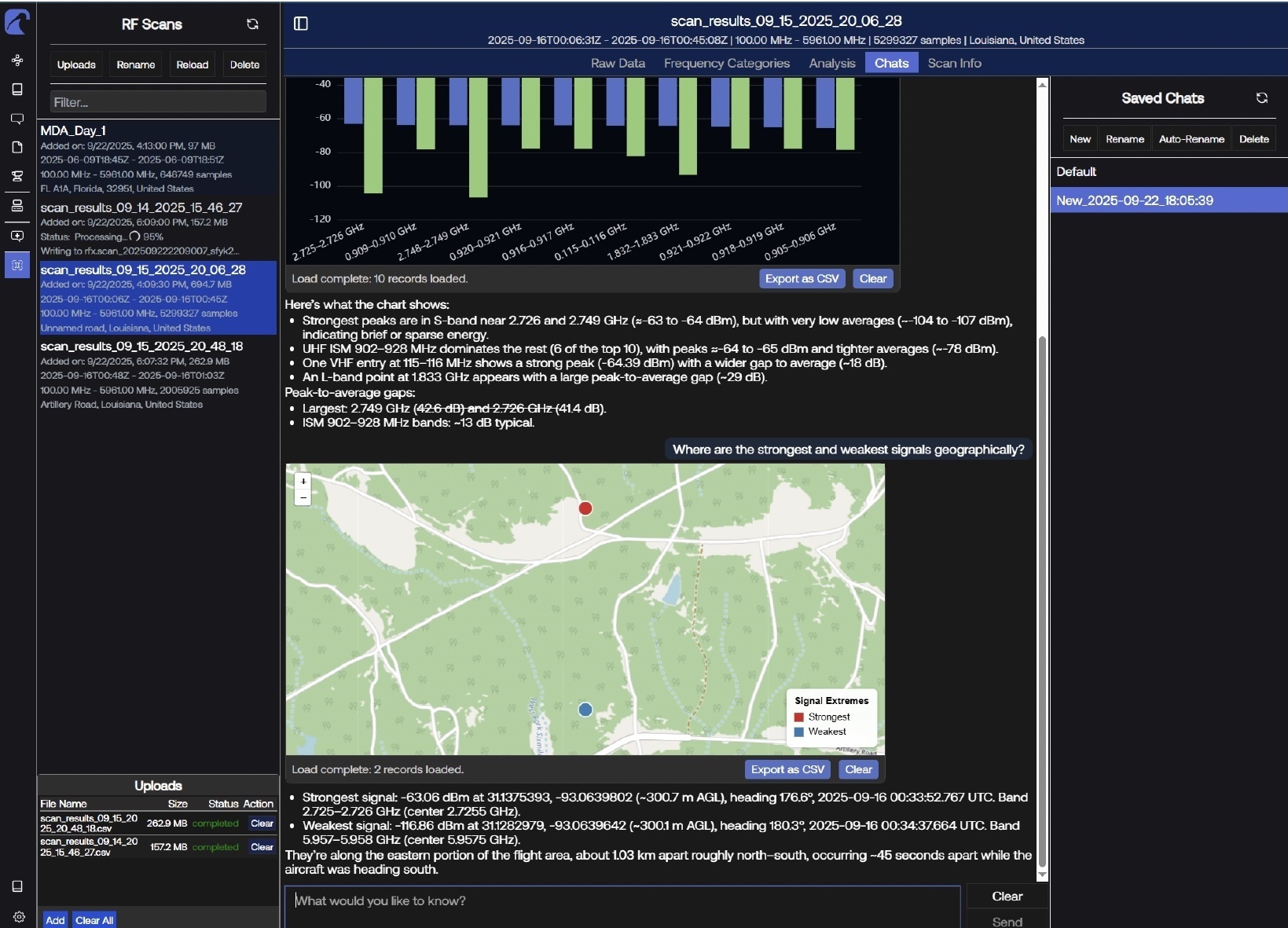Every day, over 400 million terabytes of data are produced worldwide. Your organization doesn’t need more of it. You just need better tools to understand your data.
From satellites to sensors to spreadsheets, we’ve never had more ways to measure, record, and report on what’s happening around us.
By all logic, that should make decisions easier. Yet the opposite is true.

According to a new study, 85% of business and government leaders now experience “decision distress,” feeling regret, second-guessing, or outright paralysis after making a call.
In other words, the more data we have, the less confident we’ve become in using it.
We’re drowning in information but starving for insight.
Obviously it’s not data we’re lacking but access to the right data, at the right time, and in the right context to make a confident decision when it matters most.
Analysts estimate that 90% of all existing data was created in just the last two years, a staggering acceleration driven by connected devices, sensors, AI models, and digital operations. Every transaction, report, and system log adds to the flood.
For leaders, this has created a paradox of abundance. Surrounded by information, yet still lacking clarity.
This problem isn’t unique to any one sector.
The deluge won’t slow down. The only solution is to transform how information is connected, interpreted, and acted upon.
The assumption that more data equals better decisions has quietly become one of the most expensive myths in modern operations.
Every additional data stream promises insight, but it also demands processing power, human attention, and coordination. This hidden tax impacts teams who end up spending their days reconciling conflicting reports instead of acting on them.
Choice doesn’t scale linearly with performance. It scales with hesitation. Faced with hundreds of dashboards, KPIs, and models, decision-makers experience what psychologists call cognitive freeze, the brain’s defense mechanism against uncertainty. In practice, this looks like endless “review cycles,” duplicated work, or simply avoiding the decision altogether.
Even when insights across teams do surface, they often compete instead of align. Over time, this erodes institutional trust. When no one can verify which version of the data is right, everyone starts to hedge their bets, creating a culture of doubt where decisive action should be.
For decades, organizations have approached data as something to collect. The goal was more storage, more systems, and more access. But as the data footprint expanded, so did the distance between the people who need answers and the systems that hold them.
The next era of analytics, however, is all about starting conversations.
That’s the promise of a new class of decision intelligence platforms. They:
This approach transforms accessibility. No more waiting for a data team to generate a report, and no more worrying whether the numbers are current.
Certus Core’s IBIS™ (Information Bridging and Integration System) is built around this principle.
In a recent airborne autonomous system project, we put it to work by helping analysts unify and query data from multiple intelligence disciplines to form a real-time Common Operational Picture (COP).
What once required days of data wrangling became a conversation where mission leaders could ask, “What assets are within range?” and receive visualized, verified answers in seconds.
Across sectors, leaders don’t just feel like they’re making the wrong decisions—they’re often right to think so. When every choice carries risk, uncertainty becomes the default operating condition.

In high-stakes environments, the value of information isn’t measured by how much you have, but it’s measured by how quickly and confidently you can act on it.
The real power lies in understanding how pieces connect, including the relationships, dependencies, and cause-and-effect patterns that shape an operational landscape. Context is what transforms a thousand data points into a single, confident decision.
IBIS™ organizes data the way teams think (not the way databases store it), creating a continuously evolving network of meaning instead of a static archive.
With natural language queries, every user, from analysts to command staff, can ask complex questions in plain English and receive insights they can understand and use. This removes the bottleneck of technical translation and democratizes intelligence across the organization.
Speed without accuracy is a liability. That’s why Certus Core built governance into the foundation of its AI layer. Every query and output is verified against your organization’s rulebook, eliminating hallucinations and ensuring consistency, reliability, and traceability.
Organizations already embedding AI-driven decision tools and forecasting systems are seeing meaningful, real-world gains.
In a recent McKinsey study, AI forecasting engines were able to:
In the defense sector, scholars highlight that AI-enabled decision support can accelerate situational awareness and compress decision cycles, especially when fused with mission context and domain constraints.
These results don’t promise perfection. But they show a clear trend that when decision systems are governed, contextual, and accessible, organizations can convert data complexity into decisive clarity.

The data problem isn’t going away, but how we engage with it can change. With IBIS™, every question can be answered in plain language, verified in real-time, and trusted across teams.
Turn information overload into confident, informed decisions with our no-risk, 8-week pilot program.
See how natural language and contextual intelligence can transform your data chaos into a unified truth that powers every mission, operation, and decision.



See how chat-based queries + mission-derived context + AI governance eliminates the tradeoff between speed and accuracy with IBIS™.
Schedule a demoSend us a message and we’ll get in touch shortly.